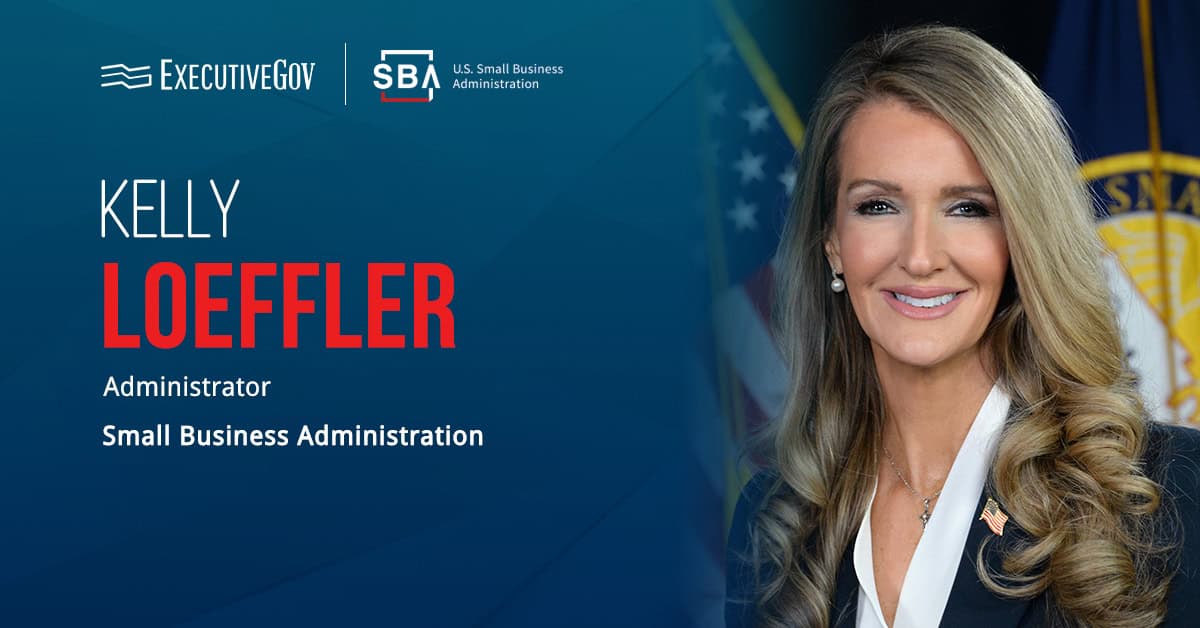The U.S. government should establish long-term mechanisms dedicated to the financing of international cooperation and collaboration in the field of quantum information science and technology, according to the National Science and Technology Council’s Subcommittee on Quantum Information Science.
The subcommittee made the recommendation in a recently-released report titled “Advancing International Cooperation in Quantum Information Science and Technology,” which proposes actions that the U.S. can take to help advance QIST knowledge and innovation through international partnerships.
The subcommittee also called on agencies to better coordinate with one another when it comes to a portfolio of government-wide international QIST engagements.
A third recommendation involves the U.S. government establishing and monitoring metrics that would measure global competitiveness in QIST and enabling technologies.
The report was prepared in light of what the subcommittee described as the “transformative potential” of QIST in the collection, processing and transmission of information and the potential benefits such changes could bring.
And although the U.S. has historically supported international QIST cooperation, areas for improvement remain. The recommendations discussed in the report, along with those in the report titled “The Role of International Talent in Quantum Information Science,” seek to address those areas.





